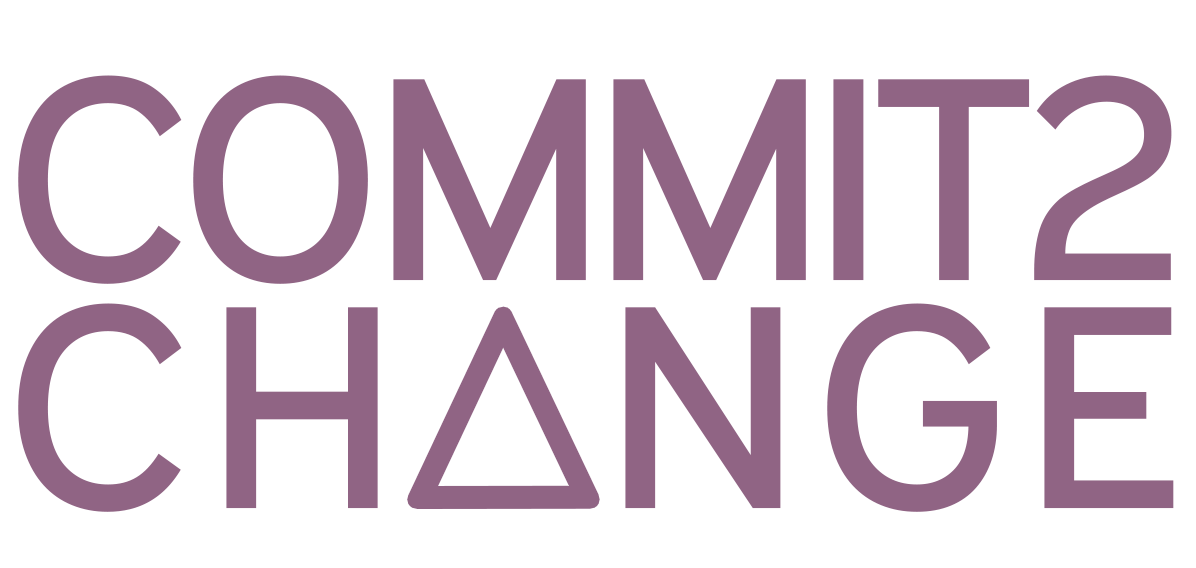The 11th grade girls file into the Techlab classroom and each take a seat at a computer. As class commences, the instructor assigns a task: working in pairs, the students must create an animation where a ball bounces down a flight of stairs, being sure to bounce once on every step as it descends.
This particular class is made up of rural village girls in Gujarat, India. They have already received primers introducing them to computer programming, a curriculum they have progressed through over the year. Now with their partner, they are immersed in conversation, deliberating and testing methods to complete the task.
In their formal education in India, most of these girls attend classes divided by subject. They acquire information through memorization. But as many educators already know, this archaic form of education is not the most effective way for students to learn deeply. Consider this with your own schooling. Do you recall the information from the Chemistry test you crammed for? Or do you remember the class days where the teacher assigned you an activity you had to complete? Chances are that you hold memories of the latter.
C2C addresses the educational aspect of the girls’ lives by implementing task-based assignments that focus on student interaction and engagement. In the TechLab activity, these students rely on their knowledge of a range of subjects: trigonometry, geometry, physics. Along with this, the students must practice soft skills: communication, problem-solving analysis, and teamwork. This reliance on multiple subjects is known as an interdisciplinary approach to education. Through this, students move out of the boundaries of single-subject learning and identify connections across disciplines.
In taking the driver’s seat in their learning, students have more confidence in themselves and behave more assertively. Students do not fear making a mistake. Instead, they experiment and embrace failure, giving them the drive to persist. These are the kinds of behaviors that cannot simply be taught in the standard school system. They must be nurtured and practiced with the right educational environment.
While it is obvious these girls require a solid education in STEM subjects in order to enter a career in technology, their competency in practicing soft skills will give them a leg up in adapting to the ever-changing economic landscape. They can demonstrate an ability to connect ideas across subjects. Creativity is not only for the arts. Problem-solving is not specifically for a math question.
By the end of the ball animation lesson approximately 80% of the students have achieved the task. They have used different strategies, some of them more efficient than others, but they have demonstrated their ability to face a task and devise a course of action.
At the end of class, the girls are abuzz with excitement at what they have achieved. Student Hetalben Mohaniya says it best: “Everyday I learn new things in computer lab.”
